“Jazz provides backdrop for death,” Associated Press headline after the assassination of Irving Levy at Birdland in New York on January 26, 1959. Levy was the manager of the popular jazz venue, located near the burgeoning music mecca of West 52nd Street. His brother, Mo Levy, was the owner of the club.
The Levi brothers grew up in a struggling Jewish family. Eventually, he ran one of the hottest jazz clubs in the country, named after one of the genre’s biggest stars, Charlie “Bird” Parker.
On the fateful night, Birdland was filled to its 500-person capacity. Irving Levy encounters an uninvited guest – a man claiming to be a pimp escorting a prostitute. The man fatally stabs Levi, who is bleeding out as the Urbie Green Big Band continues to play. It’s a pivotal moment from a new book by veteran crime writer TJ English that explores a complex historical connection, “Dangerous Rhythms: Jazz and the Underworld.”
“I was aware of this element of organized crime involvement in the business of jazz,” English told The Times of Israel. “I knew this was a subject that needed to be written about.”
The book tells a complex story about race and immigration in America. On the one hand, there were largely black jazz legends like Parker, Louis Armstrong, Duke Ellington, and Billie Holiday, who dazzled on stage while facing racial discrimination. On the other hand, there were mob-affiliated figures with immigrant origins—Jewish, Italian, and Irish—who ran the many nightclubs that featured jazz stars.
Jazz enthusiasts added some creative touches long after the book was published. it is Its own Spotify playlist, and the book was released at Birdland, which is under new management and ownership. There was a musical performance by a band that English had put together – the Dangerous Rhythm All-Stars, consisting mainly of Latin jazz artists from the author’s hometown of New York.
“I have a special affinity for Latin jazz,” said English, citing such legendary artists as Machito, Mario Bauza, Bebo Valdés and his son Chucho Valdés. “It’s the most exciting form of jazz.”
The All-Stars earned some additional gigs, prompting English to reflect that in addition to being a writer, he is now also a band manager.
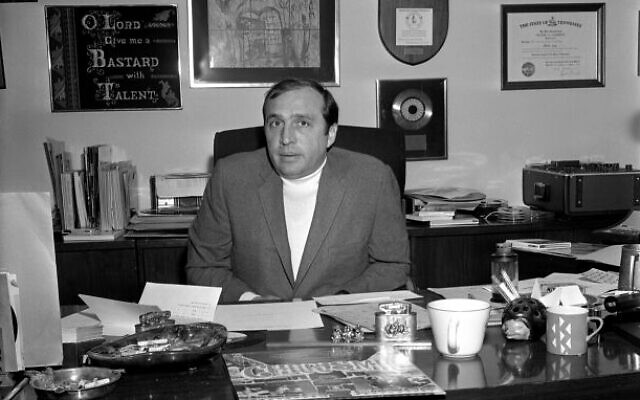
Mo Levy in the Roulette Records office, circa 1969. (Wikimedia Commons/CC BY-SA 4.0/Richard Carlin)
According to English there were pluses for jazz musicians performing in crowded clubs. Lawless bosses were surprisingly effective at protecting black talent against the racial violence of the era. Illegal profits, including during Prohibition, paid for the growing size of jazz orchestras and meant that musicians were no longer required to make a profit. A handful of white jazz stars occasionally had other motivations in the book – such as Frank Sinatra, who allegedly used his Mob friends to get out of an exploitative contract with bandleader Tommy Dorsey, rumored to have that he inspired Mario Puzo “while writing”. Godfather.
Yet partnering with the Mob had many drawbacks for black musicians. Names of popular venues such as the Cotton Club or Plantation Club derogatorily enslaved the antebellum, American South, while Jim Crow laws were in effect for the general public – even in Harlem, where, most of them all, Ellington created some of the English favorite jazz music, performing to varied audiences at the famous Cotton Club.
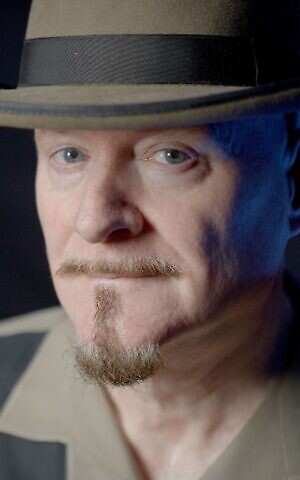
TJ English, author of ‘Dangerous Rhythms’. (Courtesy/Photo by Sam Henriques)
The Jewish part of the narrative is depicted through figures such as Armstrong’s longtime manager Joe Glaser. English describes their relationship as a significant part of the book.
An Ashkenazi Jew with family roots in the Pale of Settlement, Glaser became Armstrong’s attorney after meeting him in Chicago, where Glaser ran the Sunset Club in a quiet partnership with Al Capone. When Glaser touts Armstrong as “The World’s Greatest Trumpeter” on the marquee, Capone sends an order through a henchman to take it down—which is refused. Yet Glaser was indicted twice for statutory rape in the late 1920s, and many of the jazz talents who worked with him, including Armstrong and Mary Lou Williams, came to regret their association with him.
The Wonderful Jew
Jewish mobsters associated with jazz included some of the most famous names in organized crime, from Arnold Rothstein to Meyer Lansky.
Rothstein is “a great figure in the history of jazz,” English said. “What I’ve always found amazing about Rothstein is that he was a somewhat middle-class kid, not the criminal type, who had never been arrested or prosecuted for a crime.”
Yet he made a fortune in bootlegging and gambling during Prohibition, an era that was “really when jazz and the underworld could be almost one and the same,” English said, calling it “the pinnacle of the relationship”.
Rothstein used his ill-gotten wealth to fund not only jazz, but also Broadway shows. Due to his untimely death in a 1928 shooting, he did not live to see the completion of his final production – “Hot Chocolates”, an all-black show featuring the music of Fats Waller, in which Armstrong sang “Ain’t Misbehaving”. The song was performed. ‘” Yet Rothstein made an impression on Lansky that lasted long after the end of Prohibition in 1933.
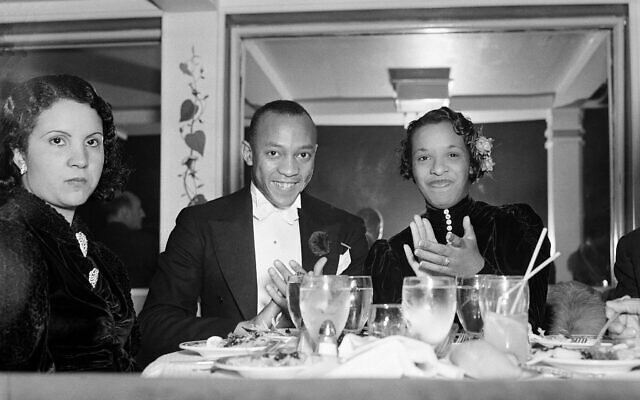
US Olympic medalist Jesse Owens and his wife, Ruth Owens, at the opening of The Cotton Club in New York, September 25, 1936. (AP Photo)
“I think Meyer Lansky learned a lot from Rothstein’s example,” English said. “Always present yourself as a legitimate businessman, do not engage in business violence.”
Decades later, Lansky became a key figure as the Mob pursued an ambitious international venture, running casinos in pre-Castro Cuba. His participation in this venture is also described in a previous book written in English, “Havana Nocturne”. One of its chapters is titled “El Judio Maraviloso”, which is Lansky’s Spanish nickname in Cuba, which translates to “The Marvelous Jew”.
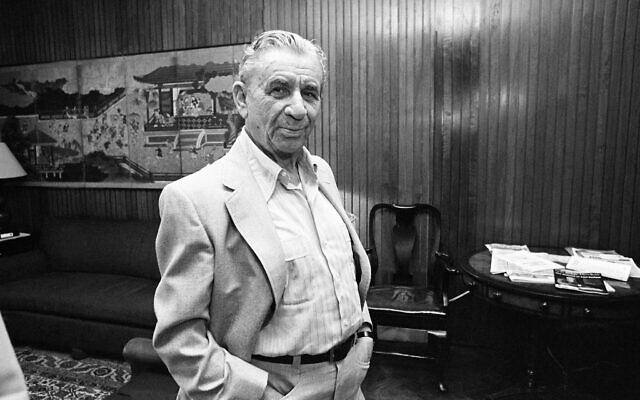
Prominent mafia financier Meyer Lansky at the Miami attorney’s office on January 22, 1982. (Cathy Willens/AP)
From his base in Havana, Lansky played a significant, if unintentional, role in popularizing Latin jazz.
“I think it’s ironic,” English said. “He wasn’t a guy who would hang out in the club anyway. It wasn’t his lifestyle. But his commercial success created a gateway for this kind of incredible flavor of Latin influence on jazz.
Sometimes I am asked who is the rudest person I have ever written? I always say Meyer Lansky
“It resonated all the way to America. Latin jazz became very popular in the 1940s, 50s. It was just a very exciting effect, a new rhythm in jazz music. We are still feeling it today,” he said.
Even though Lansky preferred the slower, more formal Havana danzón music, it earned him a singular distinction from the author.
“Sometimes I am asked the question, who is the toughest man I have ever written about?” The Englishman said. “I always say Meyer Lansky.”
“Though he was not a violent man by nature,” English explained, “his ability to broadcast, doing business with some of the toughest people in the world – like Rothstein [had done] True definition of a tough guy.
most crowded club in history
Mo Levy’s Birdland earns a different kind of distinction.
Birdland, English wrote in the book, was “probably the most overcrowded club in history, with an owner – Mo Levy – who set the standard in sleazy business practices that blurred the line between gangster and businessman. “
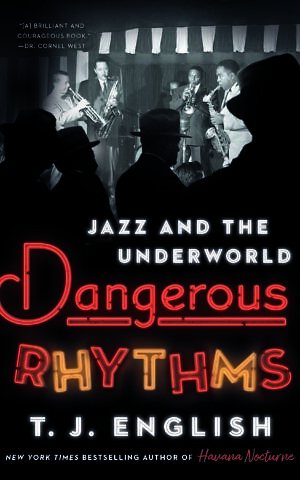
‘Dangerous Rhythms’ by TJ English. (courtesy of William Morrow)
“He was not a mafioso himself, because he was Jewish,” English told The Times of Israel. “He was not allowed to be a member of the Mafia. But he had a close relationship with the mob figures. It seemed that he was praising them. There was a certain fascination with the dark side, says Mo Levy.
The mobsters enjoyed their own booth at Birdland, with occupants including the Genovese crime family. When Levy began forming his own record label, Roulette Records, he shared office space with Mob associates, signing deals with jazz greats such as Count Basie.
Levy became a respected civic figure, serving as chairman of the United Jewish Appeal and displaying a plaque in his office as the decade’s chairman emeritus. However, during the decline of jazz in the 1960s, 70s and 80s, he sought questionable methods of profit through Betty Carter’s 1976 album “Now It’s My Turn”, which did not credit Carter for three original songs. was given and received illegally. live recording.
“It was the dark side of Mo Levy,” English said. “He spoiled talent and artists. He was known for it. He provided them with opportunities to perform in clubs and achieve records [deals], But roulette took advantage of them… after a while it became the nature of the beast.”
English remembers browsing the selection at the Strawberry record-store chain once owned by Levi’s. That is, before Levy had to abandon it along with roulette in the 1980s following his final, get-rich-quick scheme. His accomplice was Vincent “The Chin” Gigante, a mafioso known for roaming the streets of New York in a bathrobe and slippers, in the hope that he would lead the way to escape the madness. When the FBI prosecuted Levy for the scheme, he finally reaped the rewards of long, repeated surveillance of the G-Men in 1962. Levy never served prison time as he died of colon cancer in 1990.
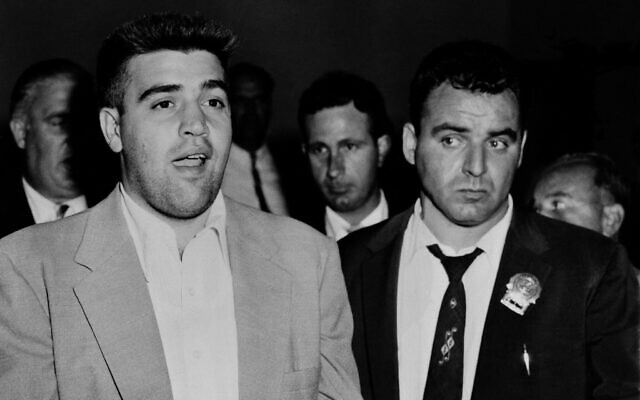
Vincent L. ‘The Chin’ Gigante, left, is booked at the West 54th Street Police Station in New York City on August 19, 1957 for the attempted murder of racketeer Frank Costello on May 2 of that year. (AP Photo/Matty Zimmerman)
By then, the perception of Levy and his Mob friends in the jazz world was changing, thanks to increased social awareness. The status quo of black musicians being financially exploited by white club owners and white record label heads was finally challenged.
had a different attitude [toward] The Mo Levies out there,” English said. “People began to see him as an oppressive force. I think some of the ground has been knocked out from under his feet.
The book also addresses additional obstacles faced by women in jazz, primarily through the story of the multi-faceted career of Mary Lou Williams.
Williams endured sexual harassment in the mostly all-male world of jazz musicians and mobsters. She later converted to Catholicism, and composed and performed jazz music for Catholic audiences.
“I welcome the opportunity to tell her story,” English said. “It is one of the few triumphant conclusions to the story of a jazz musician of the era. He ended it with a different kind of jazz, in his own words, on his own terms, escaping the tough men and tough music of the jazz business.